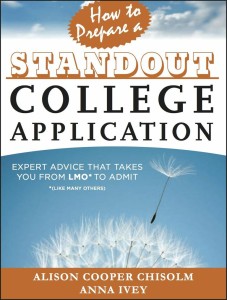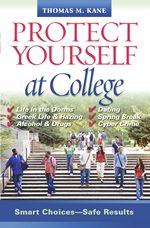Helping Your Foster Sensory Child
Is your foster child anxious, distracted or rigid? Has he or she been diagnosed with an anxiety disorder, AD/ HD, autism spectrum disorders, Asperger’s disorder, pervasive developmental disorder, a bipolar or mood disorder, OCD, or sensory processing disorder? If so, you know from practical experience how days can seem overwhelming when providing safe havens for sensory children, made even more difficult when the children stay in your home for a relatively short period of time. It makes it even more difficult to provide them with the structured, organized home that would make them most successful. Carolyn Dalgleish, professional organizer, a parent to a sensory child, and the author of the new book The Sensory Child Gets Organized: Proven Systems for Rigid, Anxious or Distracted Kids, has advice for foster parents of sensory children. Read her guest blog post below:
Tips for foster parents who might have sensory children in their homes for short periods of time….
 Structure and routines can be a tremendous support for all sorts of sensory kids with rigid, anxious, or distracted behaviors and/or kids who have lived with trauma and stress. Predictability can help ease anxiety and help kids learn how to create routines around challenging times or tasks – a powerful, life-long skill.
Structure and routines can be a tremendous support for all sorts of sensory kids with rigid, anxious, or distracted behaviors and/or kids who have lived with trauma and stress. Predictability can help ease anxiety and help kids learn how to create routines around challenging times or tasks – a powerful, life-long skill.
Here are a few simple ways to introduce some structure and routines into daily life for sensory kids:
Build-in Small Pieces of Structure: Having consistent weekly menus and activities that happen around the house are very simple yet powerful ways to support sensory kids with structure. For example, Tuesday is pasta night, Wednesday is taco night, Thursday is ice cream night, and Fridays are Pizza / Movie Night. For kids that live with internal and external unpredictability, having some tangible absolutes in their week will be calming and soothing.
Create a Central Message Area: Pick one central wall in the house (kitchen / dining area) to create a visual command central. This can have school schedules, extra activity schedules, important phone numbers, and should include a weekly whiteboard calendar. Try to get into the habit of planing for the week ahead on Sunday nights – you can start by filling in the house absolutes like the weekly menu plan and family time. Then you can add in school and activity blocks. This is a great way to help kids know what is coming (predictability!) and a great introduction to visual time management.
Extra Supports for Tough Transtions: Create some routines around some of the bigger and tougher transitions of the day like getting ready for school in the morning, homework time, and getting to bed at night. Create visual aids (with pictures and/or words) that you review with your sensory child before implementing the routine and then post or hang near the area where the routine will be completed. For example, you can hang a laminated sheet in the bathroom with the 3 steps for getting ready in the morning: Wash Face, Brush Teeth, and Brush Hair. For older kids, give them some choice in the order of the routines – a sense of control can help with compliance.
Meal time Connections: Meal time can be one of the more difficult times of day for sensory kids as they manage challenges around sustained mental focus and social interactions. Since meal times can provide such important moments of conversation and connection for sensory kids, having a few strategies here can be so helpful also. For example, incorporating games at meal time can be a great way to help sensory kids stay engaged, connected, and part of the conversation. A few of my favorites – Dinner Games and Family Talk.
















